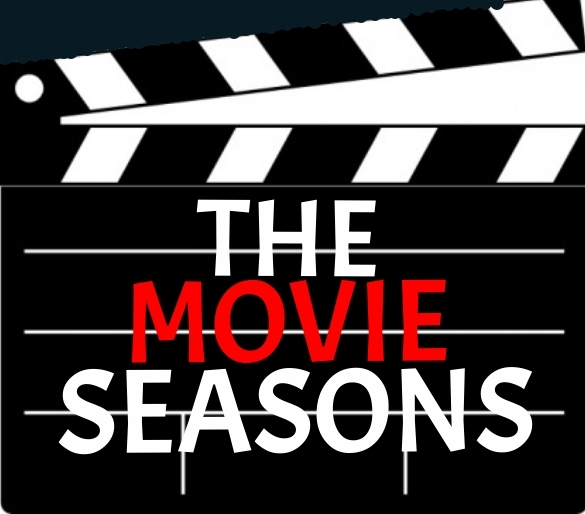The conventional wisdom is that it's been quite a while since Pixar knocked it out of the park. From about 1999-2010 they had a remarkable streak that consisted of some of the best animated films of the last decade, including Finding Nemo, The Incredibles, Ratatouille, WALL-E, Up and the Toy Story trilogy, but since then it appears that creative output has stalled a bit. Brave was just an okay attempt at a female centered film for once, while Monsters University and Cars 2 were disappointing sequels instead of original story ideas, which had been the company's model outside of the Toy Story movies.
In that sense, Inside Out is something of a return to form, as Pete Docter (director of Up and Monsters Inc.) tackles an original, highly ambitious concept that challenges typical subject matter of a movie aimed at children. Here we're transported inside the head of an 11-year-old girl named Riley, where her emotions take the form of bright, multicolored creatures centered around her brain's headquarters as they navigate her reactions to the world around her. The emotions are led by Joy (Amy Poehler), Sadness (The Office's Phyllis Schlafly), Anger (Lewis Black), Disgust (Mindy Kaling) and Fear (Bill Hader). If each of those voice actors aside from maybe Hader sounds like they were tailor made for their particular emotion I'm sure that's not an accident. Riley is a mostly happy, optimistic young girl (since Joy's in charge of her brain after all), but falls into a depression when she has to move to San Francisco with her parents and becomes overwhelmed by the changes.
The idea of coping with change and the feelings that overcome you is disguised with a kind of mini-buddy movie that takes place in her mind when Joy and Sadness accidentally lose some of the core memories that make her happy and get trapped in the whirlpools of Riley's head as they try to make their way back to headquarters, leaving only the negative emotions in charge in Joy's place. It's a clever, highly imaginative idea that leaves room for all kinds of creativity as Joy and Sadness walk through the different rooms in Riley's brain (the Dream Productions factory is pretty cool for example, along with the literal "train of thought" and the room of abstract imagination). Think of it as kind of an Inception for kids, as a story like this necessarily comes with a lot of expository dialogue that has to explain what each new memory or room or thought whisp does to keep order in the human brain.
While I admired the effort and enjoyed the film, I don't think it falls into the category of Pixar's best. It's a movie that's based entirely on its ideas rather than attachments to its characters, as the emotions are all simply archetypes with no arcs of their own, and Riley herself is mostly controlled by them, so the idea of her or her parents being their own people is also an idea held at a distance. The ultimate destination of the story is also fairly predictable from the moment Sadness is ostracized by the other emotions as serving no real purpose (right, where can that possibly end up?) and Riley nearly becomes swallowed by her negative feelings. Frankly, the idea of a child being depressed by a move to a new city is alright, but if they wanted to go to deeper places involving emotions in children, my immediate thought was that this was an awfully safe choice, despite the challenging concept. For example, how about divorce as a topic for what might cause real sadness in a kid, and certainly has for so many? For all its attempts to be more serious in exploring these kinds of feelings, there's still a barrier in American animated films that refuses to allow them to dig too deep, and the only reason for that is the studio's ability to sell it. This is ultimately the safest possible way they could have gone when deciding to tackle this subject, which isn't to say it's not done well. But frankly, the first fifteen minutes of Docter's own Up hit the mark in even truer emotional fashion.
* * *




